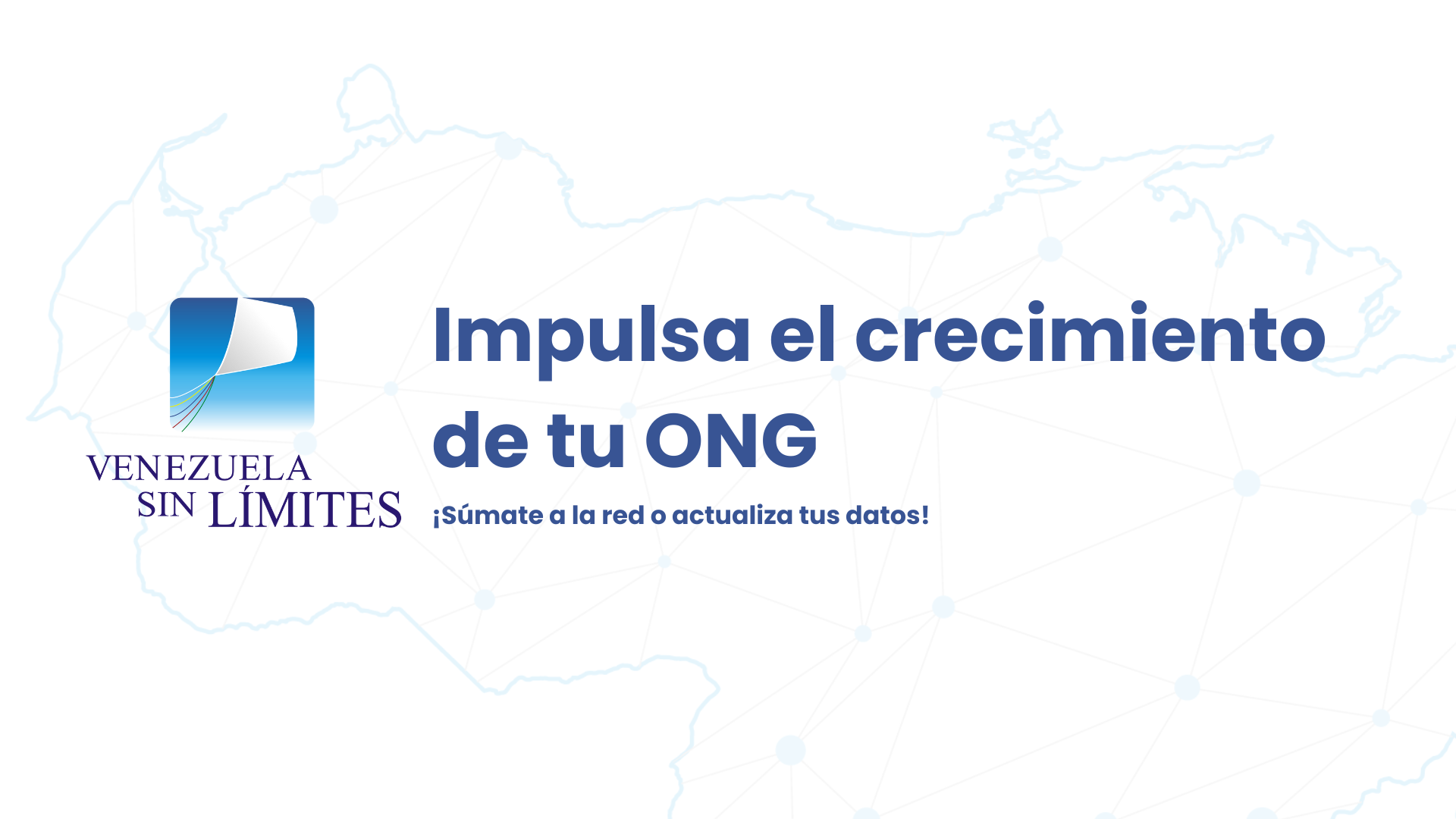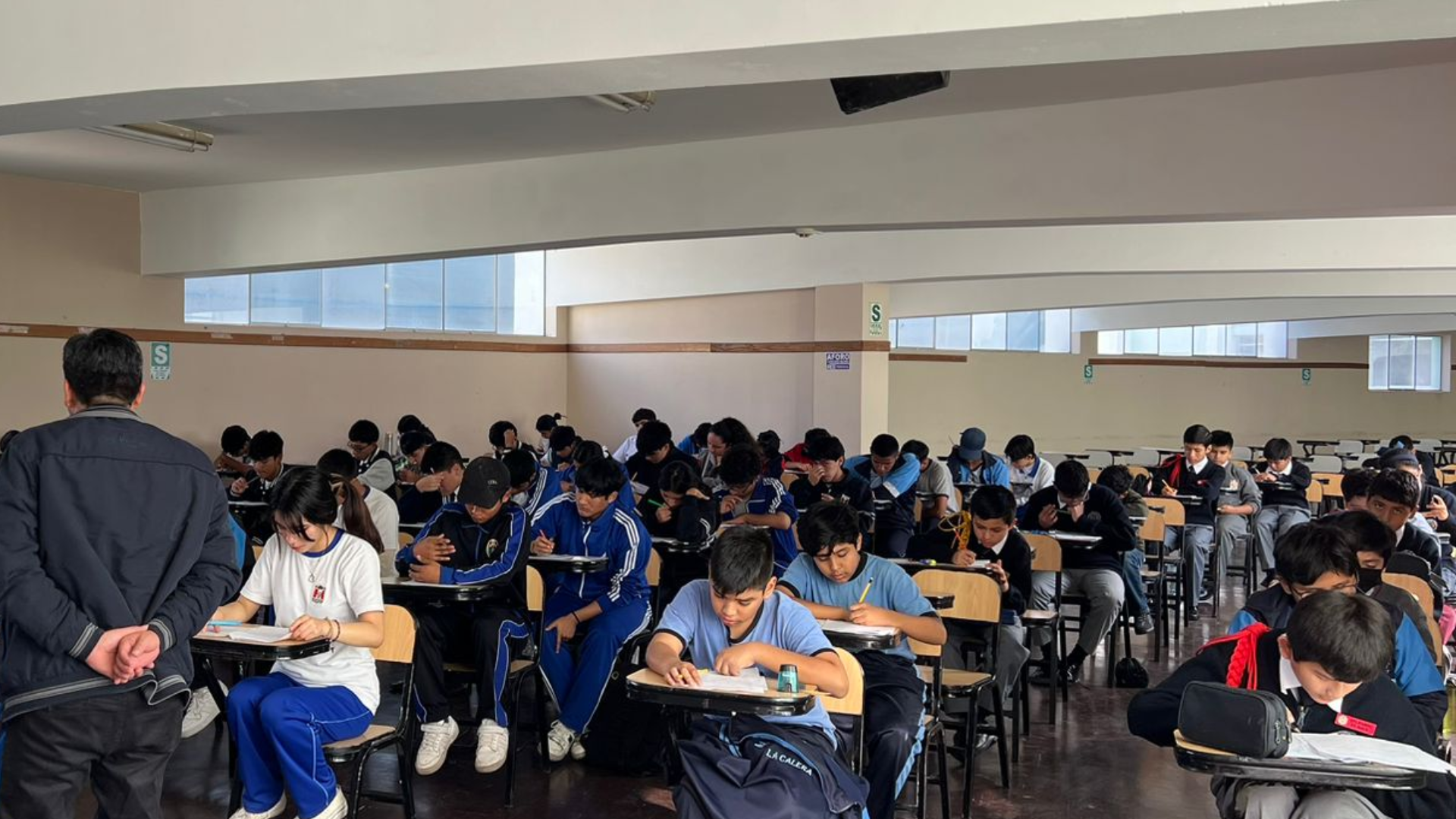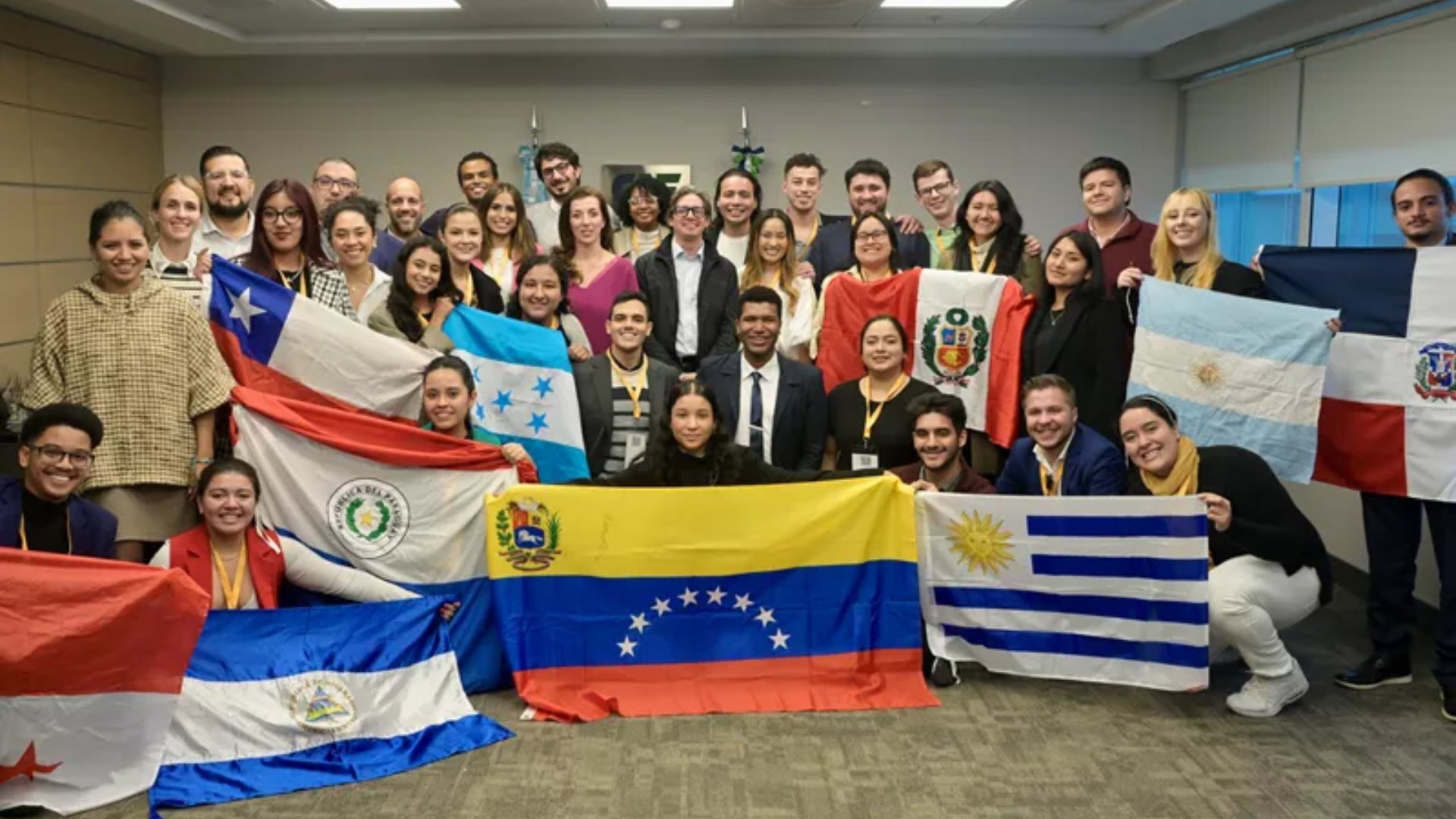
Given the wave of forest fires that are taking place in different areas of Spain, the ONCE Foundation has requested special attention for people with disabilities in cases where they need an evacuation. To do this, they have recalled the existence of a specific action protocol to care for people with motor, sensory or cognitive disabilities.
The ONCE Foundation carries out social awareness sessions throughout the year on attention to diversity in forest fires, within the European project CILIFO, (Iberian Center for Research and Fight against Forest Fires), led by the Andalusian Government.
The objective of this initiative is to provide information on the realities and needs of vulnerable groups, including people with disabilities, to help reduce the risks they face in an emergency.
Within the framework of this program, this summer the ‘White Paper on emergency management and accessible evacuation in the forest environment’ will be published. Its content will be in 3 languages: Spanish, Portuguese and English.
The document includes the ‘Decalogue of good practices to attend to diversity in the forest environment’, which includes basic instructions to attend to people with disabilities.
- If you talk to a person and they don’t respond, get their attention in some way. For example, touch his shoulder. She may not hear you or see you, so she may not have detected that you want to communicate with her.
- If you approach a person to help them, it is important that you tell them your name, as well as your role in the emergency. Although you can wear a uniform that identifies you, some people may not see it or what it means.
- If you detect that the person is an adult and has a disability, do not treat them in a childish way. Also, if accompanied, go directly to the person you are going to help, not their companion.
- You must be precise in the indications that you transmit, without using an abstract language. Use directions such as “to your left”, “to your right” or “behind you”, instead of “here” or “there”, since they are easier to understand and, in addition, will be understood by those who have a limitation visual.





